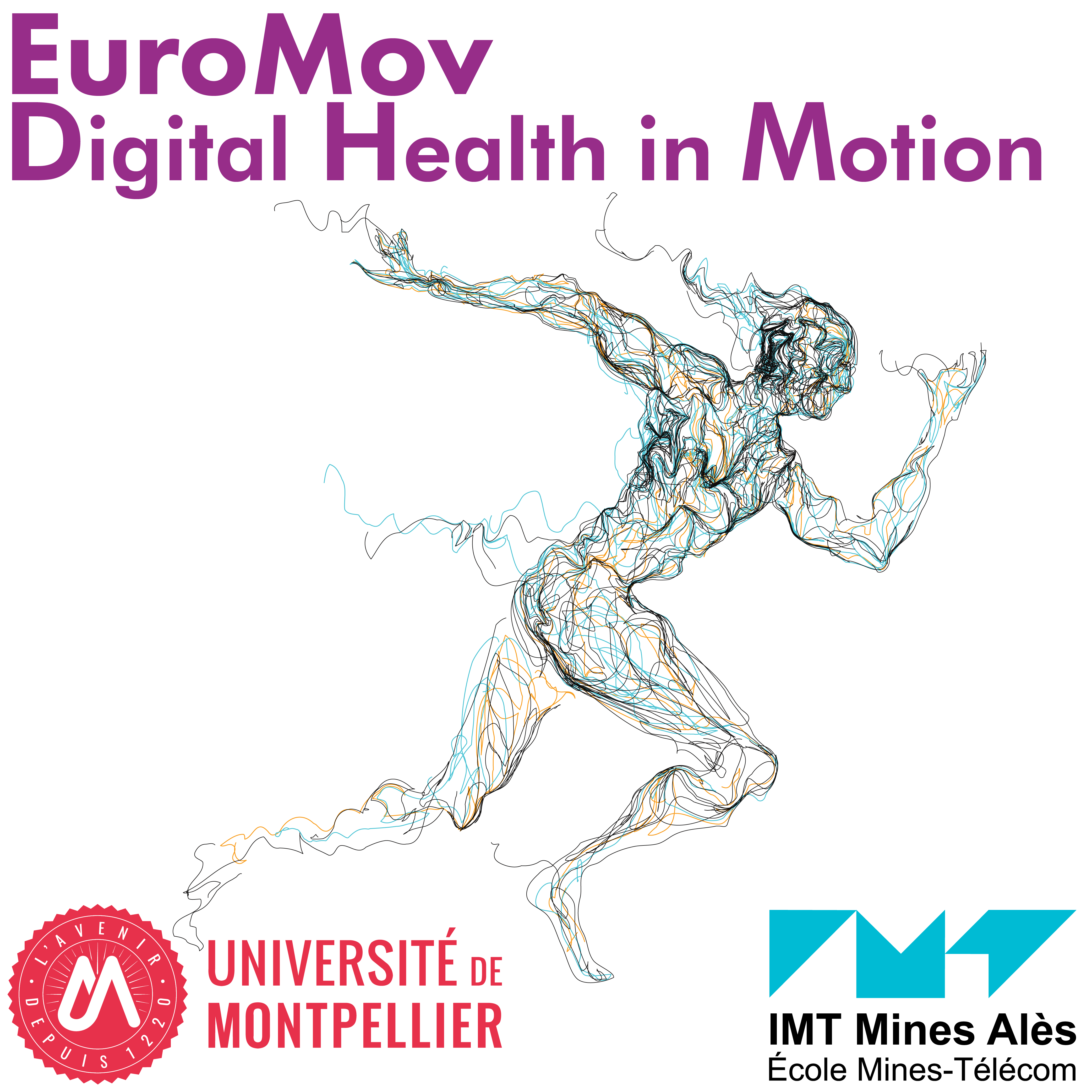EuroMov DHM
LAC
learning & complexity
Key words
Human & machine learning, complexity & adaptability, imperfect data, neuroplasticity, rehabilitation

learning & complexity
Main objective
We address human learning and complexity through the lens of the movement signatures of health, clinical data and neural activity indicators. To answer limitations of existing data processing approaches, we develop novel machine learning and data sciences approaches for offline and online heterogeneous data analysis about movement and health.

This figure illustrates the interdisciplinary approach adopted in the theme. LAC combines traditional and data/knowledge-driven approaches for a multimodal study of multi-scale invariant phenomena underlying both human and artificial learning as well as complexity.
Scientific orientations
The main LAC scientific orientation relates to better understanding of learning and complexity in intelligent agents (humans or machines), with health-oriented applications. The following definitions are further considered:
- An intelligent agent is a system (human or machine) that adaptively interacts with its environment in a robust and efficient way supported by learning abilities leading to complex capabilities/behaviours.
- Learning refers to the acquisition of knowledge and skills by an agent as a consequence of ongoing or imagined interactions with its environment. It is seen as an incremental process that confers the agent with novel capabilities required for solving new or more and more difficult tasks.
- Complexity refers to the richness of multi-scale interactions within a system (human or machine), and is supposed to confer the system with both robustness and adaptability.
We address learning and complexity in intelligent agents with a focus on reasoning, enactive learning (learning by doing) and behavioural complexity. In addition to basic science contributions in Movement Sciences, Artificial Intelligence and Health Sciences, we also contribute to bidirectional translational research -from bench to bed and from bed to bench-, in particular to better cure patients with stroke or low back pain; two widespread pathologies with major societal impact.
Interdisciplinary transversal scientific questions
- How human ability to identify and take advantage of compositional invariants can induce learning and efficient problem solving?
- How humans can easily learn complex tasks with only low exposure to them?
- How humans can adapt, transfer abilities, and recover after specific trauma/disease?
- How better understanding human Learning & Complexity can be used to develop better AI?
- Multimodal data about movement and health is central to our approach. We already showed that we can acquire a large amount of such data, but an important new aspect will rely on our capacity to organise interdisciplinarity at every step of the scientific approach, that is, data collection, data enrichment, data processing, data interpretation and derived applications.
